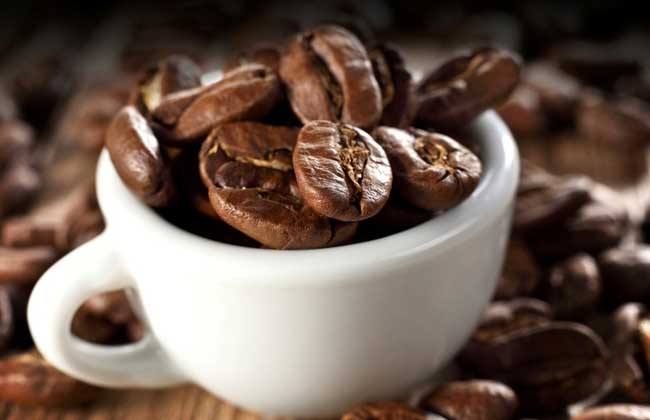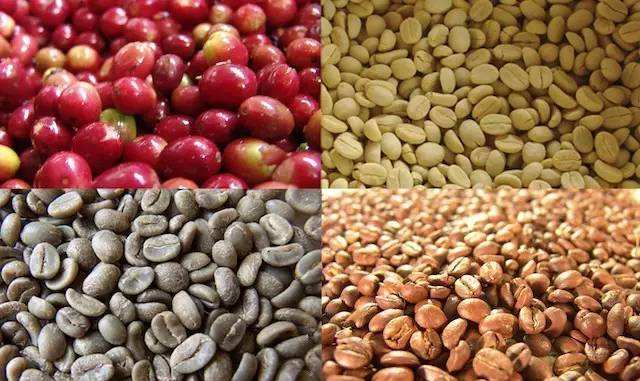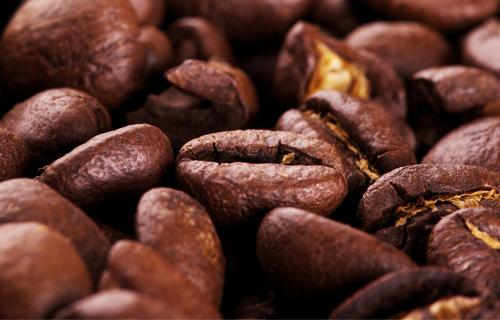Brazilian coffee bean producing area, Brazilian coffee bean grade
Pay attention to coffee reviews (Weixin Official Accounts vdailycom ) and find a beautiful cafe to open your own shop
Brazilian coffee taste with a low acidity, with the sweet and bitter taste of coffee, the entrance is extremely smooth, but also with a touch of grass aroma, in the fragrance slightly bitter, sweet smooth mouth, aftertaste can make people comfortable and carefree. There are no outstanding advantages to Brazilian coffee, but there are no obvious disadvantages. This taste is mild and smooth, low in acidity and moderate in alcohol.

There are three main grading standards for green coffee beans, and different countries adopt different grading methods according to their own production status and national conditions (not all coffee producing countries adopt one method). Here are three popular rating methods.
I. Classification according to altitude of coffee producing area
The reason for this classification standard is mainly because the quality of coffee produced at high altitudes is generally higher than that produced at low altitudes, because high altitudes and low temperatures, slow coffee production is conducive to the accumulation of good substances. Moreover, the raw beans with high maturity have good expansion during baking, which is beneficial to baking and has more stable quality.
At present, coffee producing countries that adopt this classification standard include Guatemala, Mexico, Honduras, El Salvador and other Central and South American countries. In Guatemala, for example, the highest quality coffee is called SHB (Strictly Hard Bean), grown above 1350m, followed by HB (Hard Bean) hard beans, planted at 1200m--1400 m, and SH (Semi Hard Bean) Slightly Hard Bean, EPW (Extra Prime Washed) extra good washed beans, PW(Prime Washed) extra good washed beans, GW(Good Washed) good washed beans, planted at altitudes of 1200m, 1000m, 800m, 600m--800 m, 600 m or less.
Second, according to the screen classification
The method of sieve classification is the method of classifying green coffee beans according to their size. Raw beans are passed through a perforated iron sieve to determine the size of the beans and thus the grade. The hole size of the screen is 1/64 inch (less than 0.4mm), so the number of screens indicates that there are several 1/64 inches, such as the size of the 17th screen is 17/64 inches, about 6.75mm, so the larger the number of screens indicates the larger the particles of coffee beans.
The reason for this classification is that larger beans sell better and produce more varied flavors than smaller beans. However, it is not that the beans with large particles must be of better quality than the beans with small particles. Ethiopian coffee beans are generally narrow and small, but their taste is the most unforgettable and favorite, including Yunnan's small coffee, which is highly evaluated in the international market.
Kenya is one of the most representative countries classified according to the sieve, others include Tanzania, Colombia, etc.(some countries use more than one classification method, and the examples given here are representative of countries dominated by this method). Kenya's highest AA++ requires a sieve of 18 or more, which means that the bean size exceeds 7.15mm. Kenyan beans are carefully graded to include AA++, AA+, AA, AB, etc. Colombia has a simpler classification, divided into Supremo and Excelso according to bean size. 80% of the special grade raw beans need to use more than 17 mesh screens, 80% of the upper grade raw beans need to use more than 14/16 mesh screens, and at most 11% of the 14 mesh beans are allowed in the 16 mesh beans.
The screen mentioned above is for flat beans, round beans (Pea Berry) have their own set of screen size standards. Usually round beans are graded using a sieve of 8- 12.
III. Grading according to the proportion of sieve and defective beans
Defective beans are an important factor in spoiling the flavor of the final coffee. Therefore, defective beans should also be removed in the final step of green bean processing. This has the problem of how many defective beans, so according to the proportion of defective beans, supplemented by the size of the screen as a classification method.
Due to the rise of the fine coffee trend, coffee producing countries are increasingly paying attention to the quality of coffee, and controlling defective beans is the most important way, so basically using the proportion of defective beans as a grading method or auxiliary basis is becoming more and more common.
At present, Jamaica, Brazil and Ethiopia are the main representative countries that adopt the proportion method of defective beans. Jamaica takes the production area, altitude, sieve and defective bean proportion as the comprehensive rating standard. For example, Jamaica Blue Mountain NO.1 refers to the top coffee beans with the highest defective bean proportion of 2% in the Blue Mountain production area above 1700m with sieve No.18/17. The proportion of defective beans is used as an important basis. Jamaica strictly controls the proportion of defective beans, with a maximum of 4% of defective beans in each grade.
Brazil is another special country. Brazil is the world's largest coffee producing country, due to the large output, many origins, classification work is quite troublesome, and it is not suitable to adopt a single classification standard, so Brazil also adopts a variety of classification methods at the same time, defective bean ratio, screen, cup evaluation test are used in the Brazilian coffee bean classification process. The first two are needless to say, and the cup rating test is one of the characteristics of Brazilian coffee grading.
The so-called cup evaluation test is to evaluate the aroma and taste of coffee beans after roasting, grinding into powder and soaking them in hot water (about 90 degrees Celsius). There are 6 grades: Strictly Soft, Hard, Rio, Rioy. The first three grades can be uniformly called mild, the sour and sweet balance of coffee, and the taste is mild. The last three kinds are slightly worse in taste, especially the last two kinds are the worst. The reason why iodine smell appears is that the soil near Rio de Janeiro has a strong iodine smell. When coffee is harvested, it falls on the ground and absorbs soil odor.
Important Notice :
前街咖啡 FrontStreet Coffee has moved to new addredd:
FrontStreet Coffee Address: 315,Donghua East Road,GuangZhou
Tel:020 38364473
- Prev

Coffee varieties in Santos, Brazil. Yield Red bourbon varieties Coffee beans Flavor characteristics Taste description
Pay close attention to coffee reviews (Weixin Official Accounts vdailycom ) and find a beautiful cafe to open its own small shop Brazilian coffee, which refers to coffee produced in Brazil. Brazilian coffee comes in many varieties, and like other Arabica coffees, Brazilian coffee is called Brazils to distinguish it from Milds coffee. The vast majority of Brazilian coffee is unwashed and dried, depending on the state of origin and port of shipment.
- Next

What are the varieties of Brazilian coffee beans and the characteristics of Brazilian coffee beans
Following caf é (Wechat official account vdailycom) found that Beautiful Cafe opened its own small shop, Brazilian Coffee, which generally refers to coffee produced in Brazil. There are many kinds of Brazilian coffee, and like other Arabica coffee, Brazilian coffee is called Brazils to distinguish it from Milds coffee. The vast majority of Brazilian coffee is unwashed and sun-dried, according to the name of the state of origin and the port of transport
Related
- Detailed explanation of Jadeite planting Land in Panamanian Jadeite Manor introduction to the grading system of Jadeite competitive bidding, Red bid, Green bid and Rose Summer
- Story of Coffee planting in Brenka region of Costa Rica Stonehenge Manor anaerobic heavy honey treatment of flavor mouth
- What's on the barrel of Blue Mountain Coffee beans?
- Can American coffee also pull flowers? How to use hot American style to pull out a good-looking pattern?
- Can you make a cold extract with coffee beans? What is the right proportion for cold-extracted coffee formula?
- Indonesian PWN Gold Mandrine Coffee Origin Features Flavor How to Chong? Mandolin coffee is American.
- A brief introduction to the flavor characteristics of Brazilian yellow bourbon coffee beans
- What is the effect of different water quality on the flavor of cold-extracted coffee? What kind of water is best for brewing coffee?
- Why do you think of Rose Summer whenever you mention Panamanian coffee?
- Introduction to the characteristics of authentic blue mountain coffee bean producing areas? What is the CIB Coffee Authority in Jamaica?

